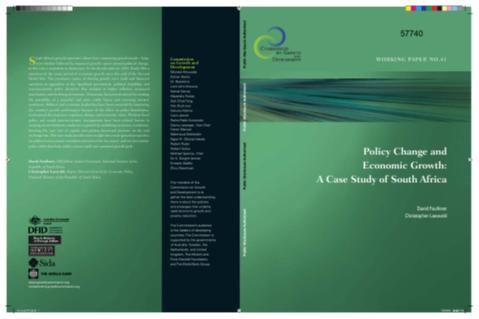Resource information
South Africa's growth experience provides an example of how contrasting growth trends long-term decline followed by improved growth pivot around political change, in this case a transition to democracy. In the decade prior to 1994, South Africa experienced the worst period of economic growth since the end of the Second World War, with growth variable and declining. The proximate causes of slowing growth were trade and financial sanctions in opposition to the Apartheid government, political instability and macroeconomic policy decisions that resulted in higher inflation, increased uncertainty, and declining investment. Democracy has proved critical for, among other factors, creating the possibility of a peaceful and more stable future and reversing investor sentiment at a basic level. Political and economic leadership have been essential for improving the country's growth performance because of the effect on policy formulation, institutional development, regulatory design, and economic vision. Prudent fiscal policy and sound macroeconomic management have been critical factors in creating an environment conducive to growth by stabilizing economic conditions, lowering the user cost of capital, and putting downward pressure on the real exchange rate. This case study provides some insight into a more general perspective on political and economic transition and some of the key macro- and microeconomic policy shifts that need to occur to realize a more rapid and sustained growth path.


